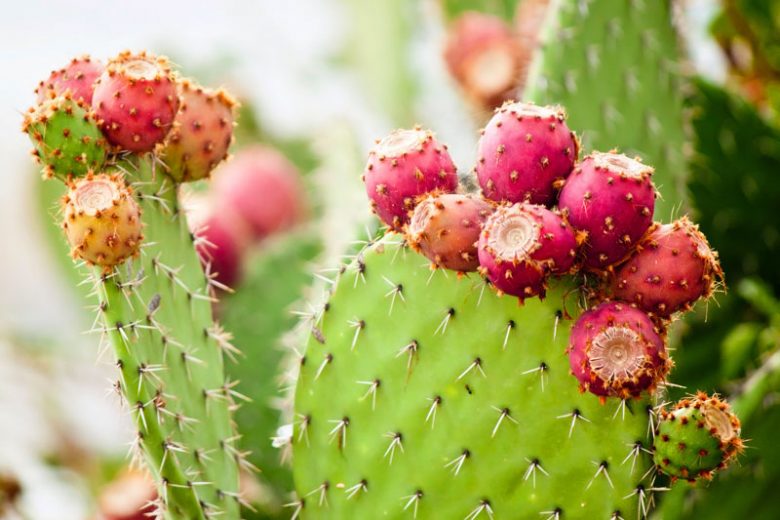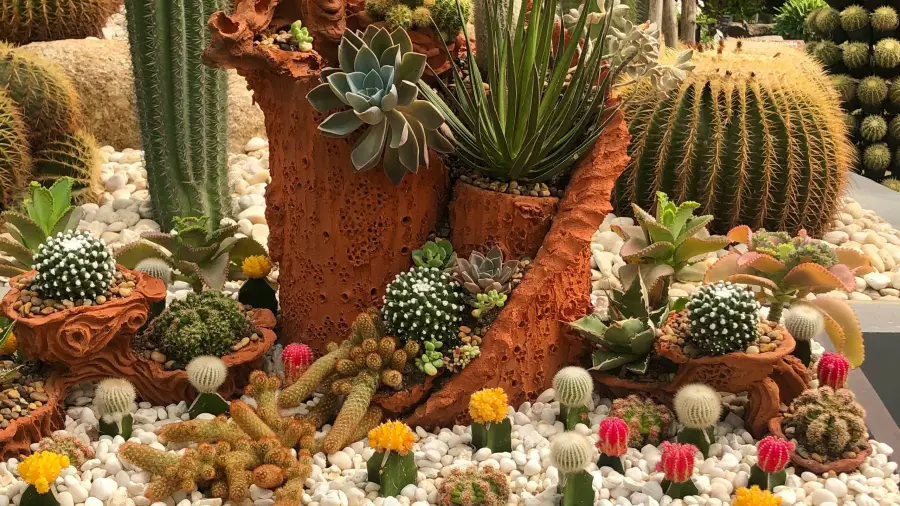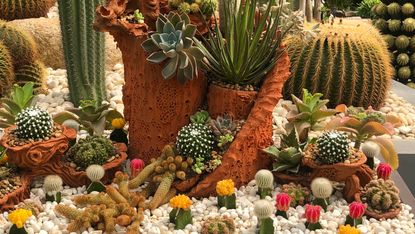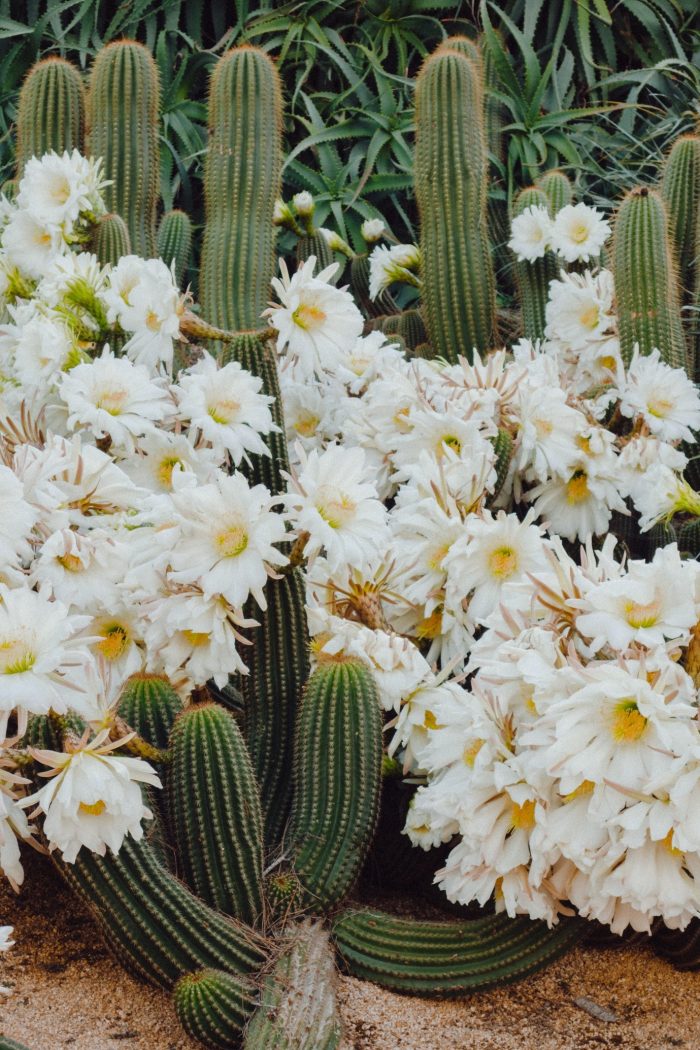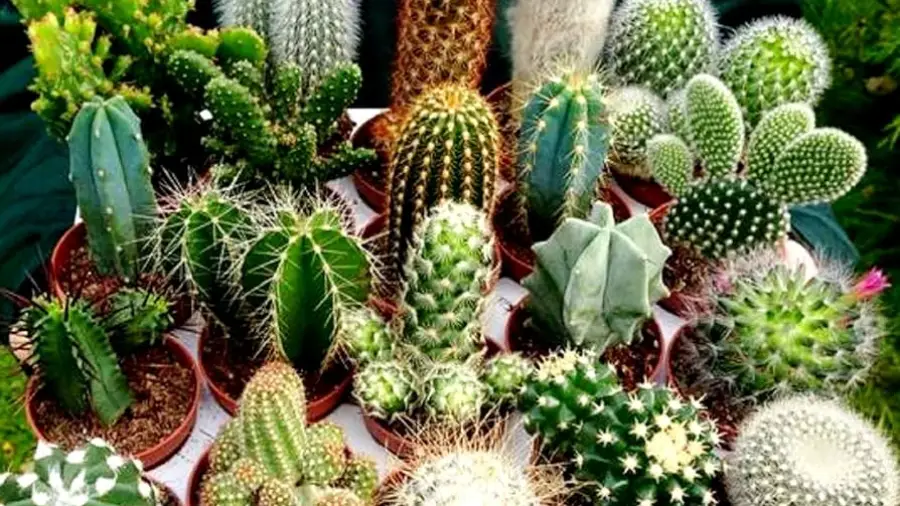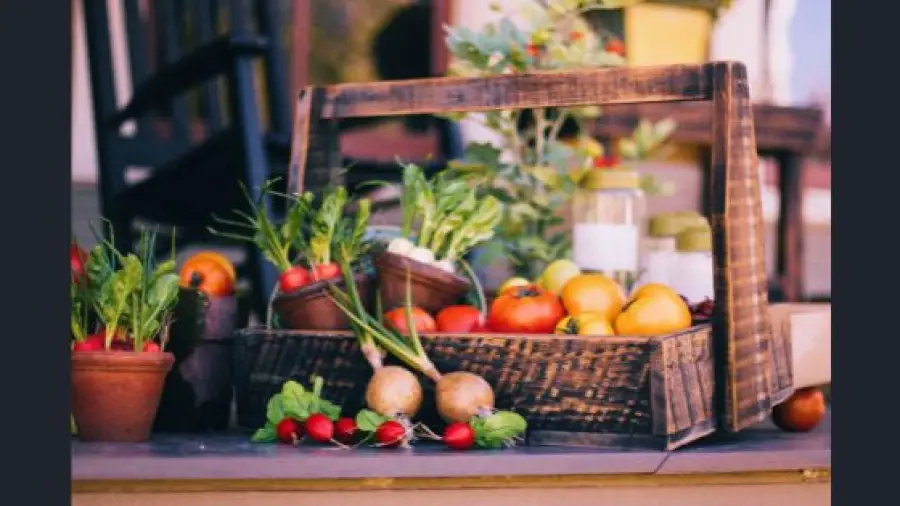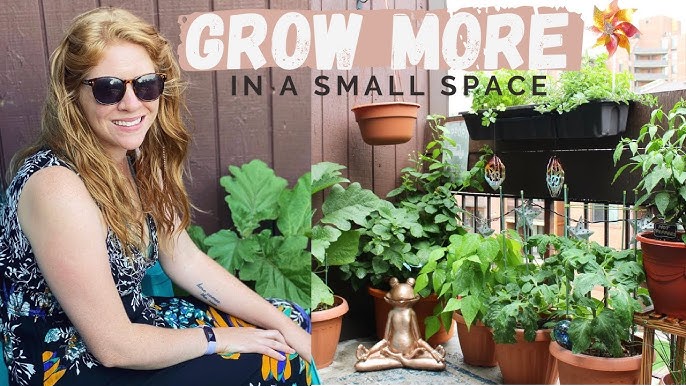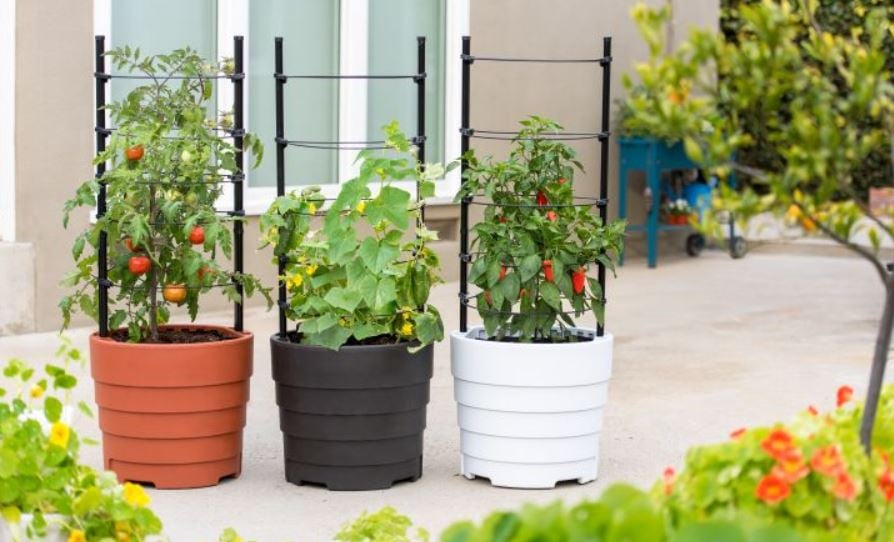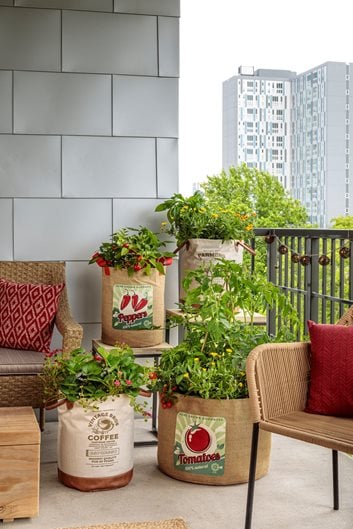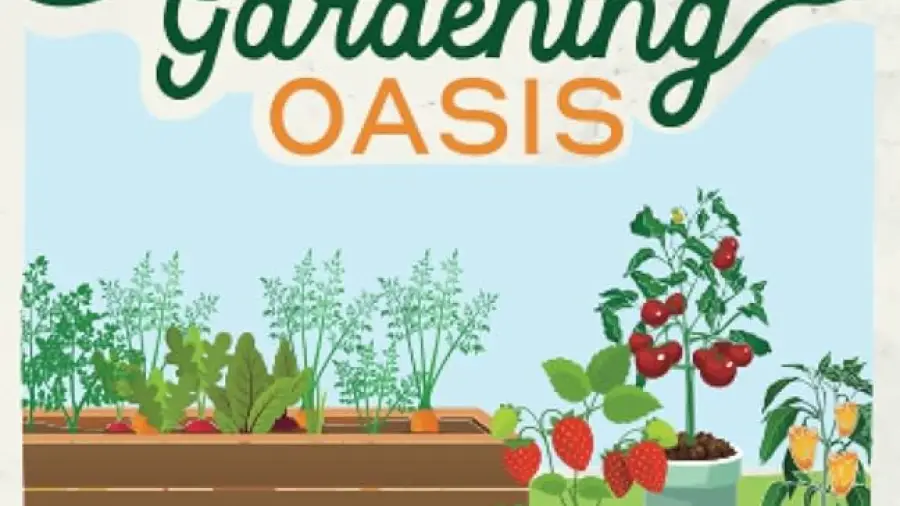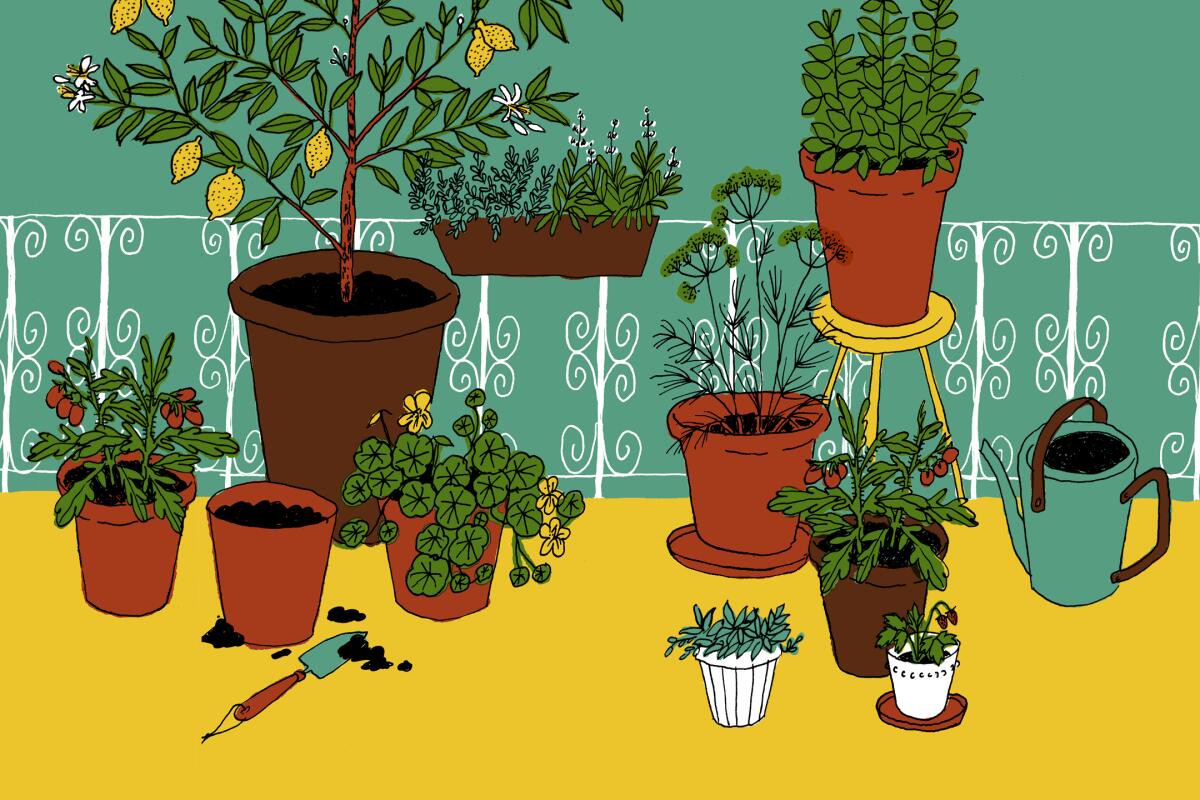Seasonal Gardening Guides offer region-specific advice for garden maintenance. They align gardening activities with climatic patterns.
Gardening is a year-round activity that varies significantly with the changing seasons. Understanding these seasonal shifts is crucial for maintaining a healthy and vibrant garden. Seasonal Gardening Guides serve as a valuable resource for both novice and experienced gardeners, providing timely tips on planting, pruning, watering, and harvesting.
Tailoring your gardening strategy to the time of year not only ensures your plants thrive but also conserves resources and maximizes your garden’s potential. By embracing the rhythm of the seasons, gardeners can create a harmonious and productive garden that yields the best results year after year. These guides simplify the process, making it accessible for everyone to cultivate a flourishing outdoor space.
Table of Contents
Introduction To Seasonal Gardening
Seasonal gardening ties closely with nature’s calendar. It keeps your garden thriving year-round. Gardening through the seasons can be a delightful journey. Plants grow best when they align with the natural cycle.
- Spring breathes new life with bulbs and seedlings.
- Summer is for bountiful fruit and vibrant flowers.
- Fall prepares gardens for rest with hearty vegetables.
- Winter is a quiet time with evergreens and planning.
Gardening this way brings joy and harmony. One feels connected with earth’s rhythm. Tending a garden brings much peace and balance.
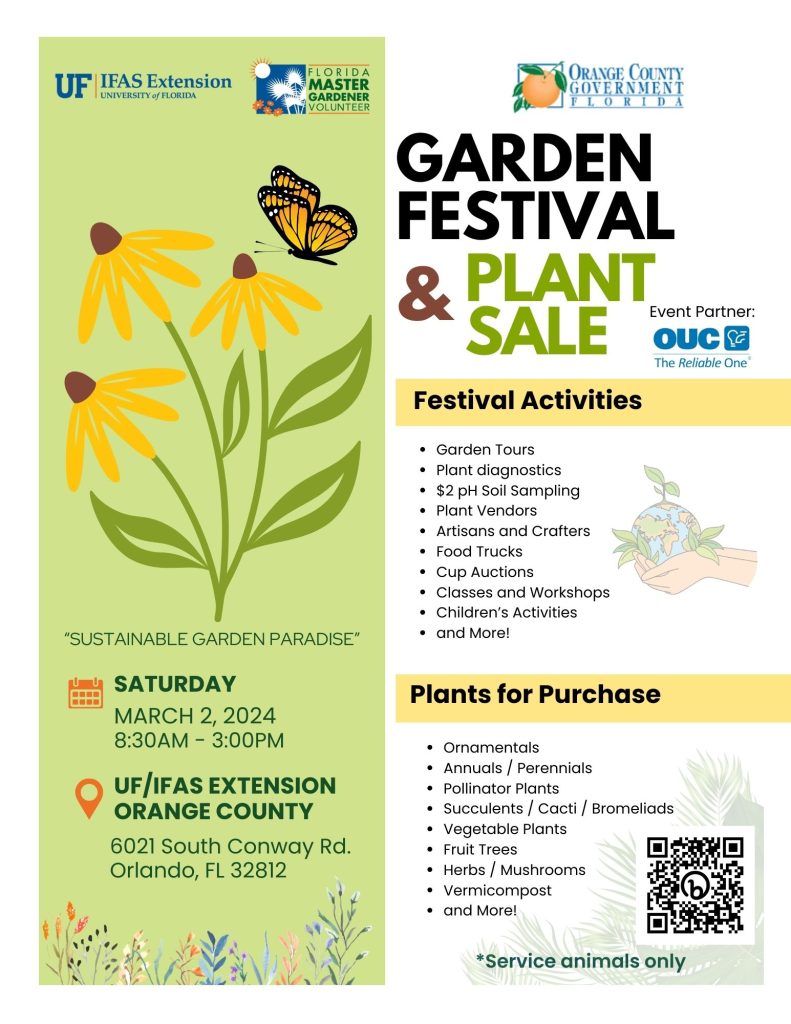
Credit: blogs.ifas.ufl.edu
Spring’s Awakening: A New Cycle Begins
As spring unfurls, it’s crucial to prime the soil for the upcoming planting season. Enriching the soil with organic compost ensures optimum plant growth. This process nurtures essential nutrients that budding plants need.
Selecting the right plants is key to a vibrant spring garden. Cool-season vegetables like lettuce and peas, along with flowering annuals such as pansies and snapdragons, thrive in milder temperatures. They are perfect to start with.
Effective pest control can safeguard your tender sprouts. Natural options like neem oil or diatomaceous earth keep bugs at bay without harming the environment. These methods are safe for children and pets, making them ideal for family gardens.
Summer’s Bounty: Peak Gardening Season
Keeping your garden hydrated during the hot summer months is crucial. A smart irrigation approach helps plants stay lush and productive. It’s best to water plants in the early morning or late evening. This lowers water loss from evaporation. Drip irrigation is an efficient method to deliver water directly to plant roots. Mulching reduces water evaporation too.
Selecting crops that thrive in the heat will lead to a fruitful harvest. Tomatoes, peppers, cucumbers, and beans are great choices. They can handle the summer sun. These plants also produce high yields, making the most of your garden space.
Summer brings pests and diseases that can harm plants. Keep an eye out for common issues such as aphids, mites, and blights. Regularly inspect your garden for signs of trouble. Remove affected plants quickly to prevent spread. Natural predators, like ladybugs, can control pests. Use organic treatments to handle outbreaks.

Credit: store.almanac.com
Autumn’s Harvest: Preparing For Change
Autumn’s Harvest brings a spectrum of bounty. Gardeners should be ready for seasonal changes. Here are concise tips to guarantee a successful harvest:
- Harvest regularly to encourage more production.
- Ensure vegetables are dry to prevent mold and rot.
- Use sharp tools for clean cuts that help prevent plant diseases.
Next, shifting focus to what to plant during these cooler months:
- Cool-weather crops like kale and spinach thrive in the fall.
- Root vegetables, such as carrots and turnips, should grace your garden beds.
- Garlic planted now will yield robust flavors next season.
Finally, protect your garden from the cold to come:
- Apply mulch to insulate plants from freezing temperatures.
- Prune perennials for better growth in spring.
- Empty and clean planters to prevent cracking during the winter.
Winter’s Rest: Garden Downtime
Winter’s garden rest means planning and care. Plants need protection from frost, a key winter challenge. Wrap them in burlap or bubble wrap. Move sensitive potted plants indoors.
Indoor gardening keeps green thumbs busy. Try propagation by cutting. Many plants like succulents and herbs are perfect for this. Use containers with good drainage and fresh potting soil.
Planning for the next season starts now. Sketch garden layouts. Consider crop rotation. Order seeds early. Research new plant varieties. This ensures a head start when warmth returns.
Year-round Maintenance: Tips For Every Season
Maintaining soil health throughout the year is vital for a thriving garden. Regularly test soil composition and enrich with organic matter to ensure optimal fertility. Spring is a good time to add compost to gardens, providing plants with essential nutrients.
Each season requires different pruning tactics. Snip dead or diseased branches to encourage new growth in the spring and summer. Fall and winter months are ideal for significant pruning as plants are dormant. Clear away fallen leaves and debris regularly to prevent disease spread.
Tool care is crucial for garden longevity and safety. Clean and sharpen tools after each use, and store them in a dry, organized space. Oil moving parts to prevent rust and ensure smooth operation.
Climate Considerations: Adapting To Your Environment
Knowing your Hardiness Zone is key for your garden. It tells you which plants survive where you live. The USDA Hardiness Zone map splits North America into 11 zones. Each zone is 10°F colder or warmer in the winter than the next one. This is a tool to help gardeners understand which plants are most likely to thrive at a location.
Plants must suit your local weather. Short, cool summers mean choosing fast-growing vegetables. Wet regions demand drought-tolerant plants. Gardeners can use weather reports and climate data to make smart choices.
Greenhouses and cloches protect plants from cold. Frost cloths and hoop houses are easy ways to extend the season. Planning is vital for gardeners who wish to grow food beyond the usual season. Such structures guard against early frosts and allow for earlier planting in the spring.
Creative Gardening: Beyond Traditional Methods
Vertical and container gardening transform small spaces into green havens. Pots and hanging planters allow plants to grow upwards, not just out. Walls and balconies become gardens, showing that you don’t need a big yard for plants. This way of planting makes caring for plants easier, too.
Permaculture principles focus on working with nature, not against it. Designing a garden like this means plants help each other grow. It’s about making a mini-ecosystem where everything has a purpose. It saves water and attracts helpful insects.
Using edible landscaping ideas mixes beauty with food. Imagine picking tomatoes from your hedge, or strawberries from your flower bed. This mixes flowers and food crops in a way that looks good and tastes great.
| Garden Type | Benefits |
| Vertical | Saves space, Easy to manage |
| Container | Portable, Flexible designs |
| Permaculture | Eco-friendly, Self-sustaining |
| Edible Landscaping | Functional beauty, Fresh food |
Community And Well-being: The Social Side Of Gardening
Community gardens offer a shared space for growing plants. People from all walks of life come here to grow vegetables, flowers, and herbs. These gardens encourage teamwork and friendship. They create a sense of belonging, especially in urban areas where green space is scarce.
Sharing your harvest brings joy to many gardeners. It could mean exchanging with neighbors or donating to those in need. Each ripe tomato or crunchy carrot can start a conversation, build a bridge, and nourish more than just appetites.
Gardening acts as a peaceful retreat from the bustle of daily life. The simple acts of planting, watering, and soil tending are forms of meditation. They improve mental well-being and offer a sense of tranquility and achievement. Connecting with nature in this personal way can reduce stress and promote relaxation.
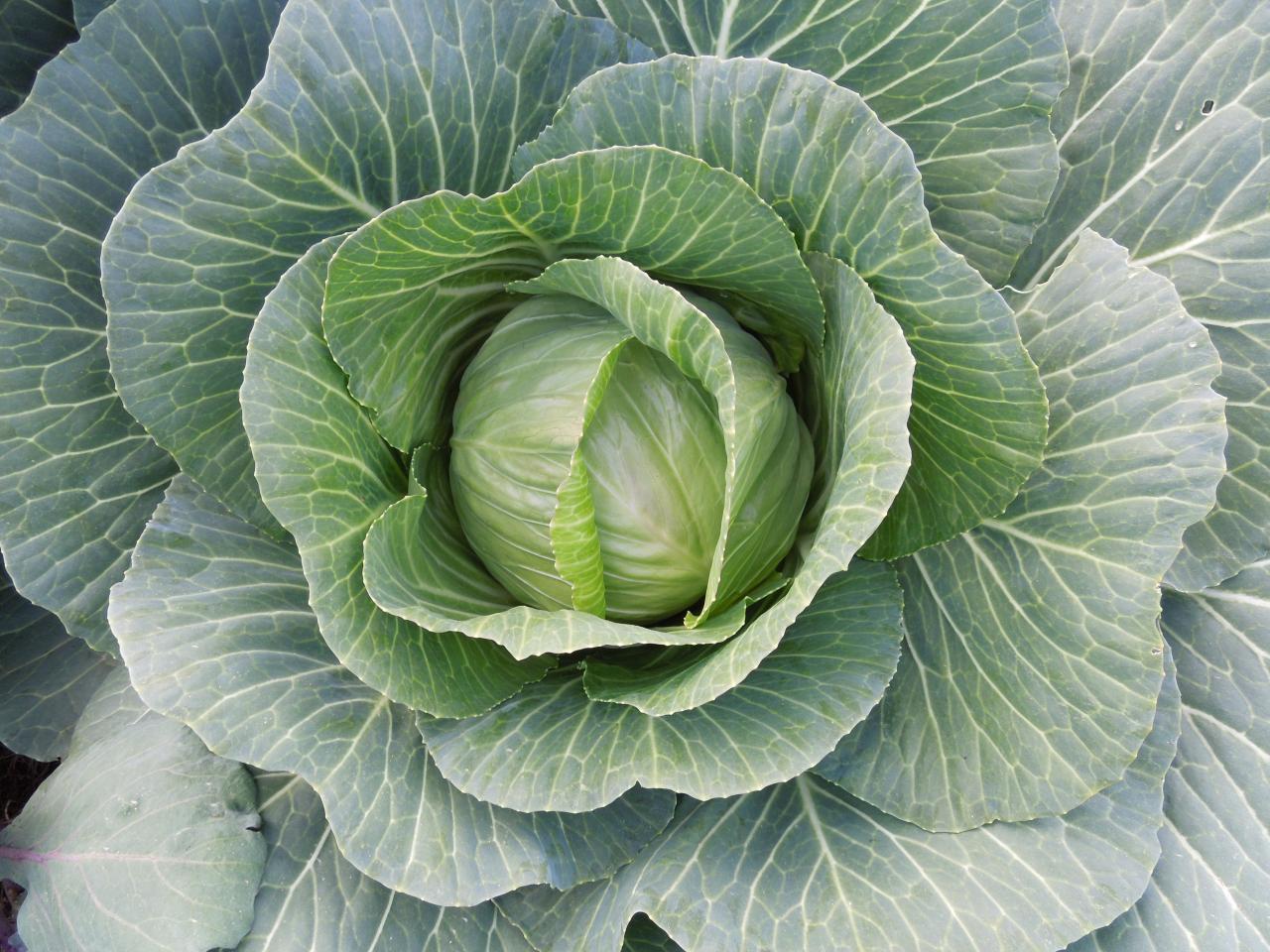
Credit: www.hgtv.com
Frequently Asked Questions For Seasonal Gardening Guides
When Does Spring Gardening Begin?
Spring gardening typically commences once the last frost of winter has passed. This varies by region, but often falls between March and April. It’s vital to consult a local frost date calendar for accurate timing.
What Plants Thrive In Summer Gardens?
Summer gardens are ideal for heat-lovers such as tomatoes, peppers, cucumbers, sunflowers, and marigolds. These plants require full sun and well-draining soil. They thrive in warm temperatures and long daylight hours.
How To Prepare For Fall Gardening?
Prepare for fall gardening by removing spent summer crops and adding compost. Sow seeds of cool-weather vegetables like kale, and lettuce 6-8 weeks before the first expected frost. Mulching helps protect root systems.
Can You Plant Perennials In Autumn?
Yes, autumn is a great time to plant perennials. The cooler weather and warm soil encourage root growth. Ensure plants are established before the heavy frosts begin by planting at least 6 weeks before winter.
Conclusion
As the seasons change, so does the rhythm of our gardens. Each quarter brings its own set of tasks: Spring’s renewal, Summer’s bounty, Fall’s preparation, and Winter’s rest. With our seasonal gardening guides, arm yourself for success in your green space throughout the year.
Happy gardening!
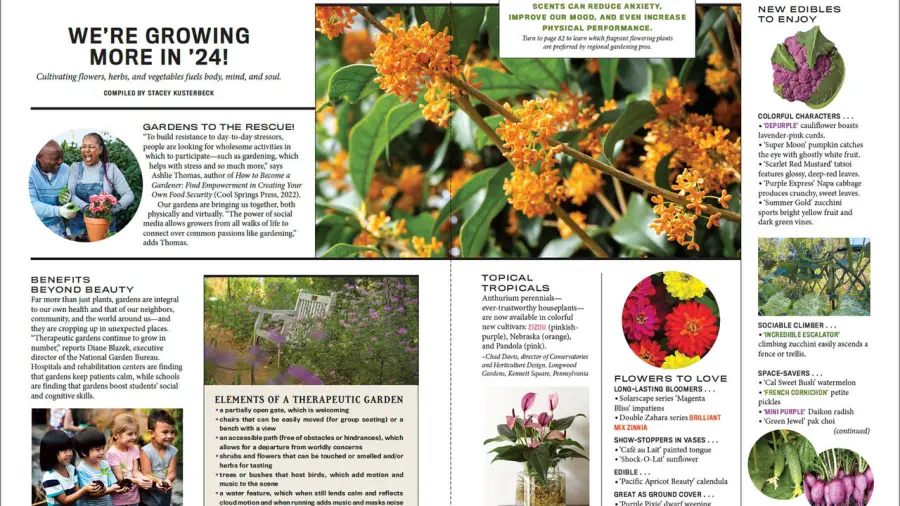
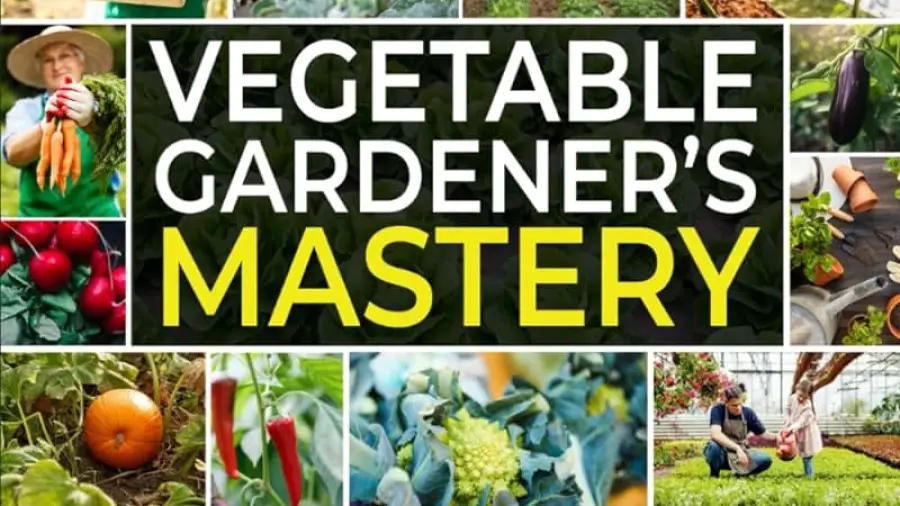


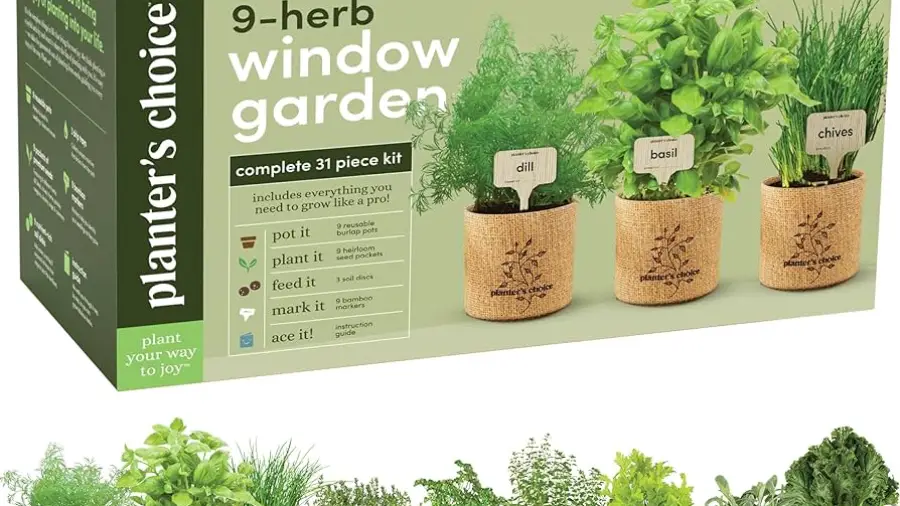
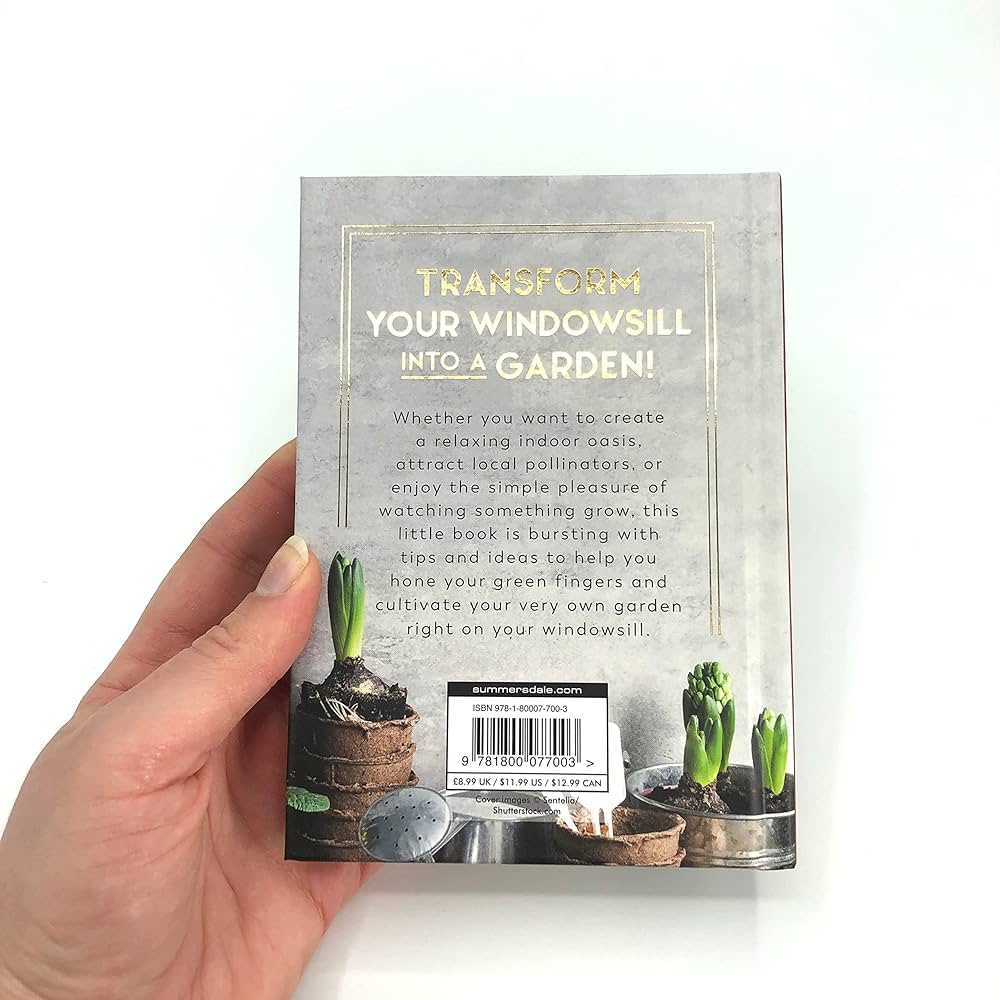
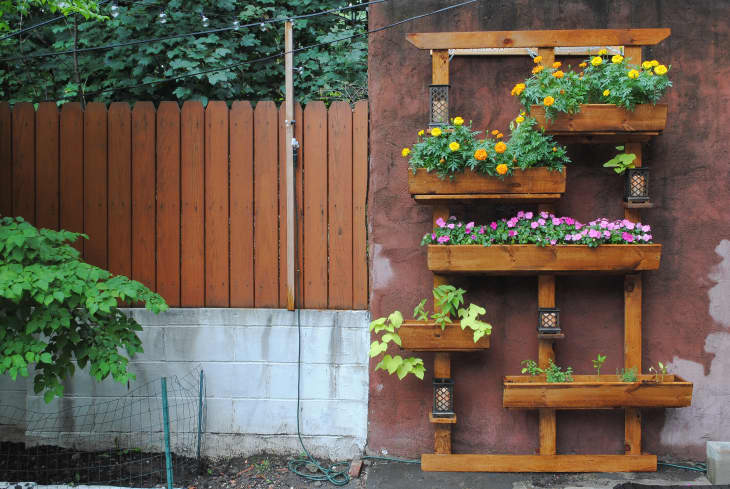
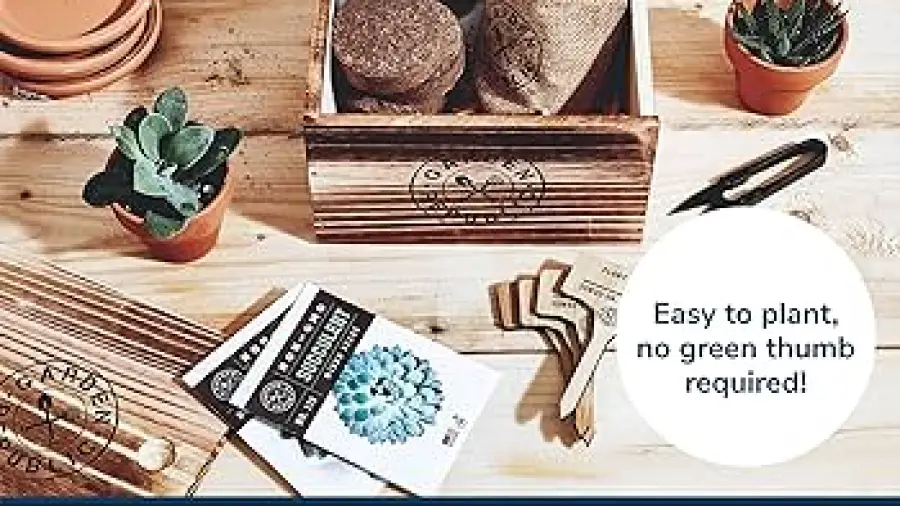



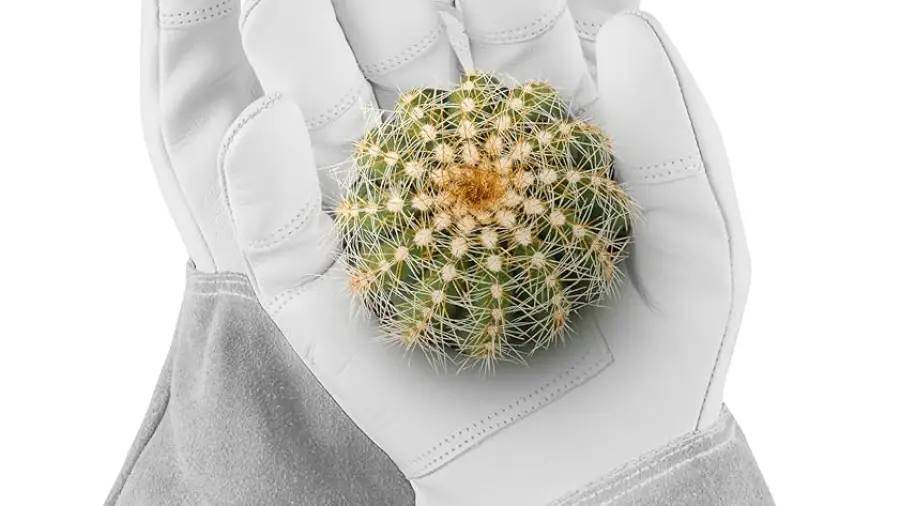
:max_bytes(150000):strip_icc()/CoolJob-Skydeer-FloralSociety-StoneBreaker-GroupPhoto-Caitlin-Sole-01-1-448f154f95e54ea6a7dec1ef0da77d84.jpg)


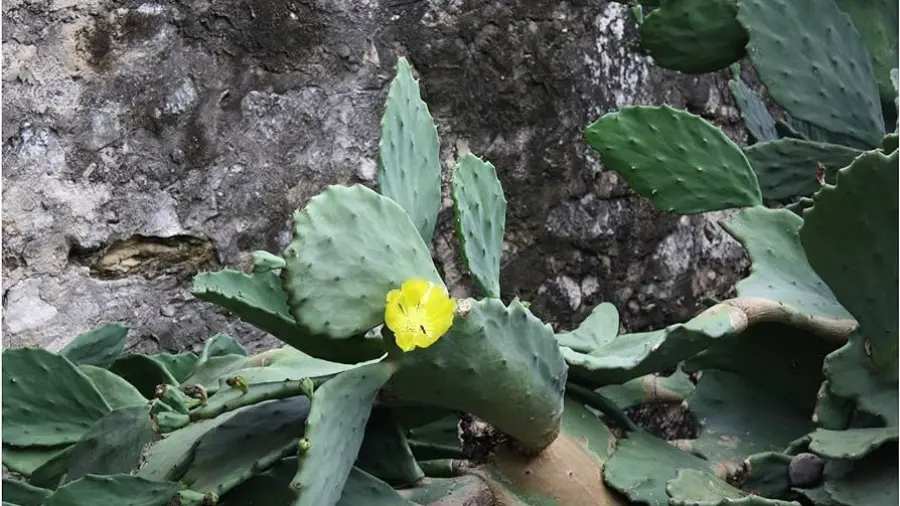
:max_bytes(150000):strip_icc()/GettyImages-1161142427-2000-92a0fdc9a9104a808d0aaad22cb756fe.jpg)

